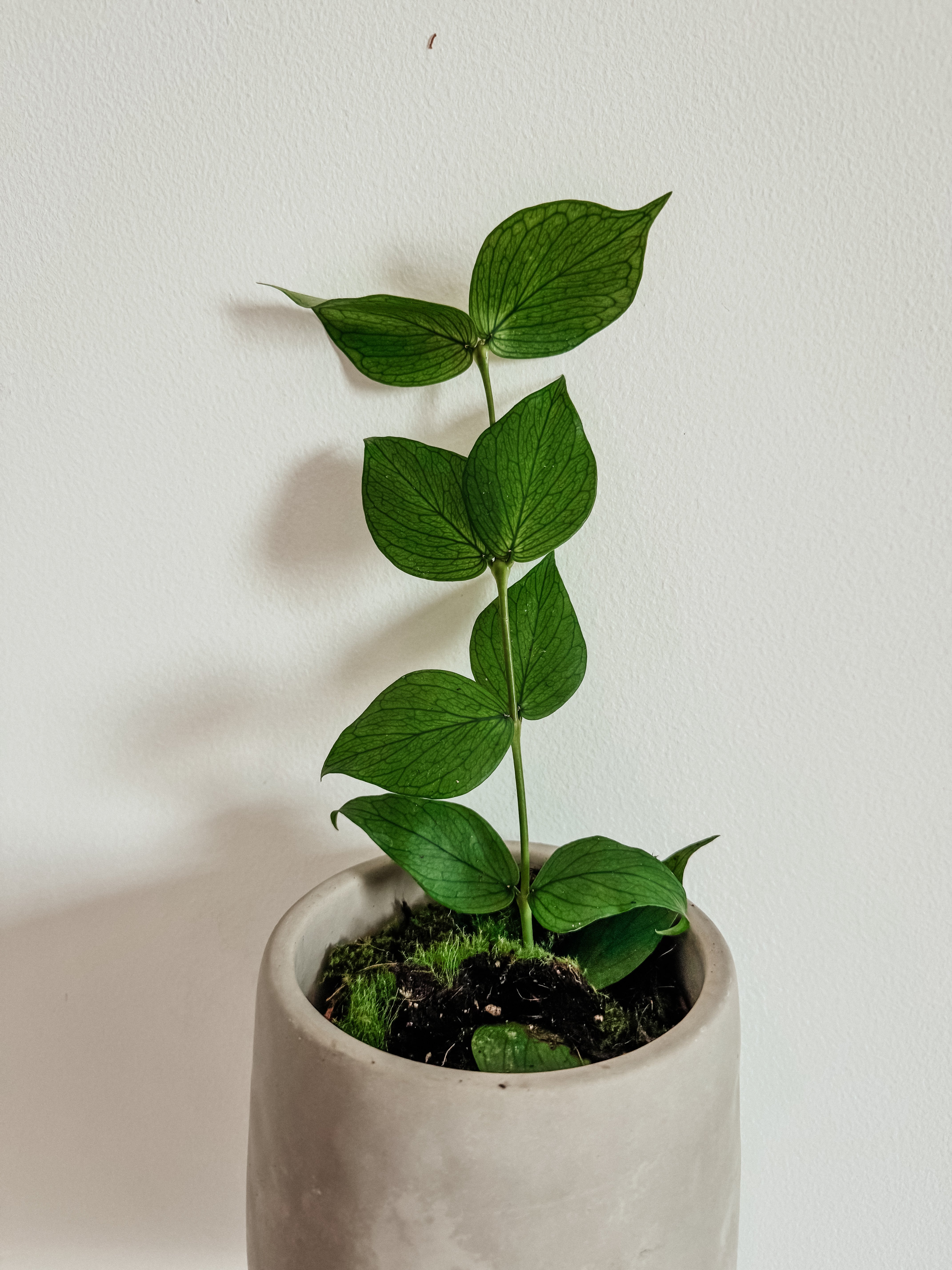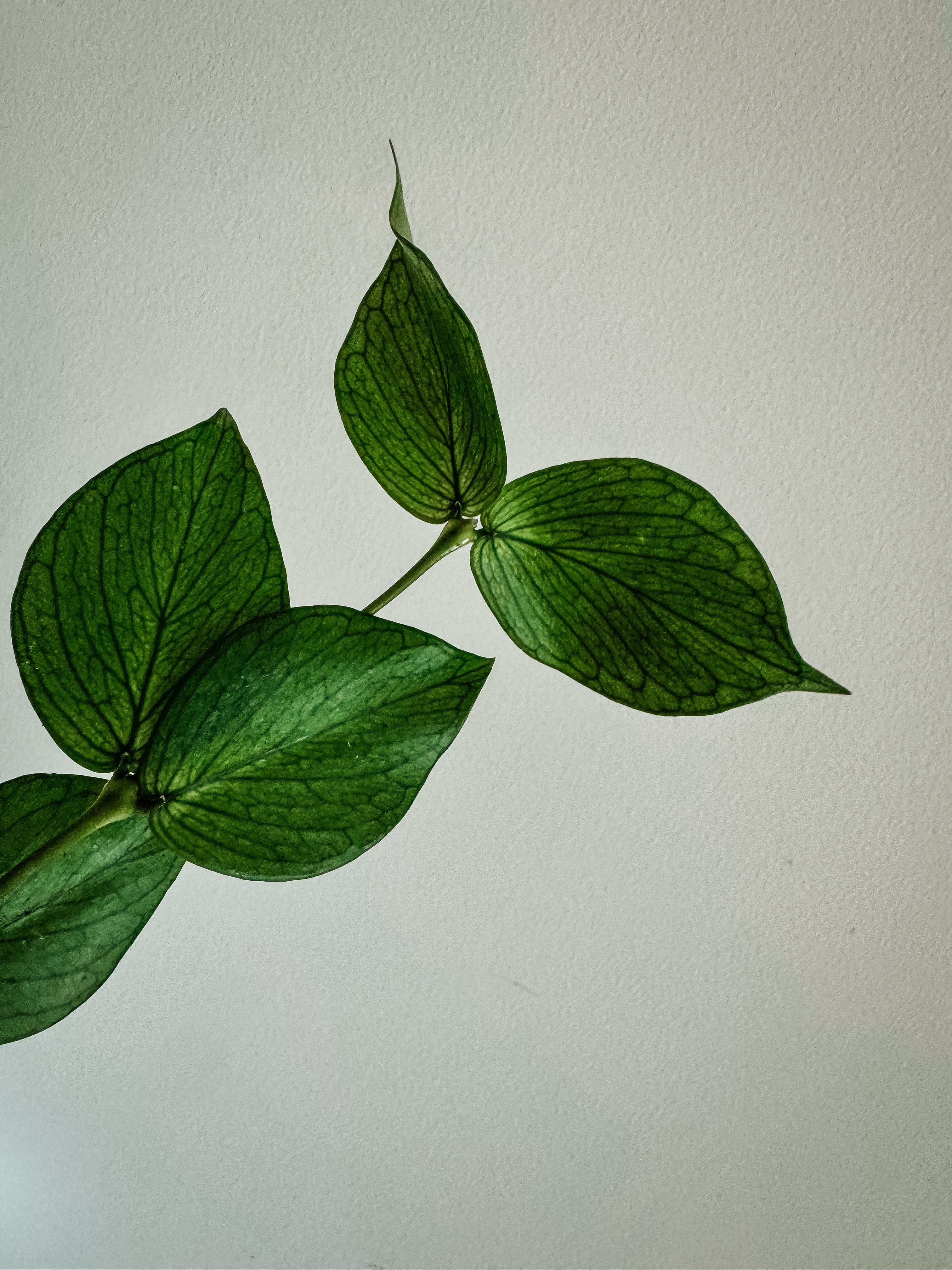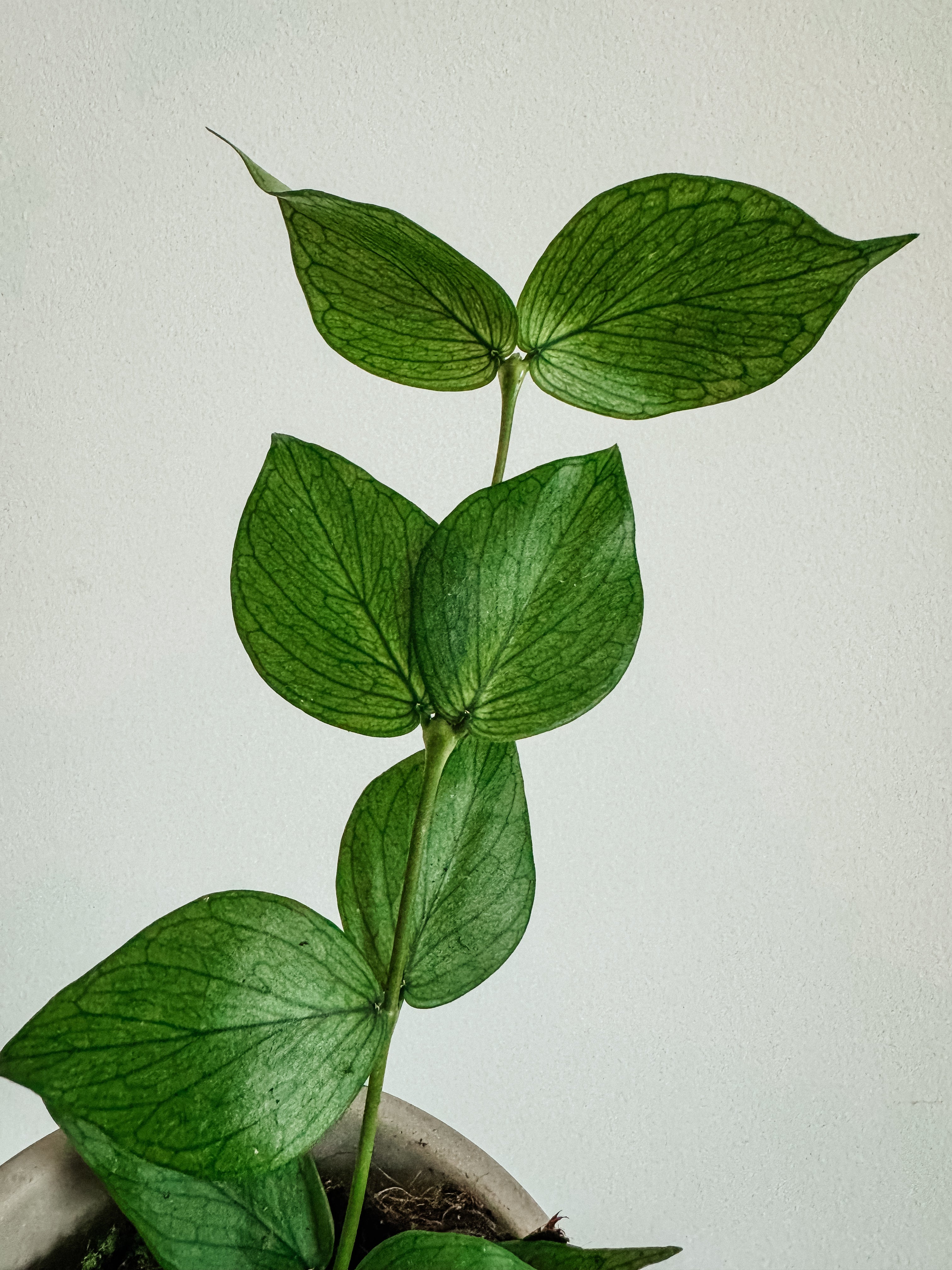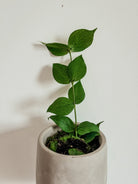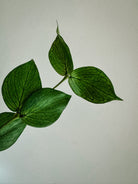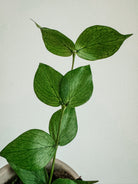Alocasia Polyneura - Small
Couldn't load pickup availability
Perfect for a centerpiece for minimalists or japandics
Size: 20cm
Hoya polyneura (commonly called the fishtail hoya due to its distinctive veined leaves) is a beautiful and relatively easygoing houseplant when given the right conditions. Here's a detailed care guide:
🌞 Light
-
Bright, indirect light is ideal.
-
It can tolerate some morning sun, but avoid intense afternoon sunlight as it may scorch the leaves.
-
Can survive in lower light but will grow slower and may not flower.
💧 Watering
-
Let the top 2–3 inches of soil dry out between waterings.
-
Water less frequently in winter.
-
Avoid overwatering – this plant is prone to root rot.
-
If in doubt, it's better to underwater than overwater.
🌫️ Humidity
-
Prefers high humidity (60% or more).
-
Will tolerate average home humidity but thrives with a humidifier or regular misting.
-
Leaf tips may brown in dry air.
🌡️ Temperature
-
Ideal: 65–80°F (18–27°C).
🌱 Soil
-
Use a well-draining mix, ideally:
-
Orchid bark
-
Perlite or pumice
-
Coco coir or peat moss
-
-
A pre-mixed chunky aroid or cactus mix with extra perlite works well.
🪴 Potting
-
Use a pot with drainage holes.
-
Repot every 2–3 years, or when roots are circling the pot.
-
Hoyas like to be slightly root-bound, so don’t rush to repot.
🌸 Fertilizer
-
Use a balanced liquid fertilizer (e.g., 20-20-20) monthly during the growing season (spring/summer).
-
Reduce or pause feeding in fall and winter.
-
A bloom booster fertilizer (with higher phosphorus) can encourage flowering.
✂️ Pruning
-
Minimal pruning needed.
-
You can trim leggy vines to encourage bushier growth.
-
Do not remove peduncles (the small spurs where flowers form) — new flowers grow from the same spot.
🐛 Pests
Watch for:
-
Mealybugs
-
Spider mites
-
Aphids
-
Scale
Use insecticidal soap or neem oil if needed.
🧪 Bonus Tips
-
Encourage flowering with:
-
Plenty of light
-
Warm temps
-
Proper feeding
-
-
Hoya polyneura doesn’t love being moved — try to keep it in one consistent spot once it’s happy.

